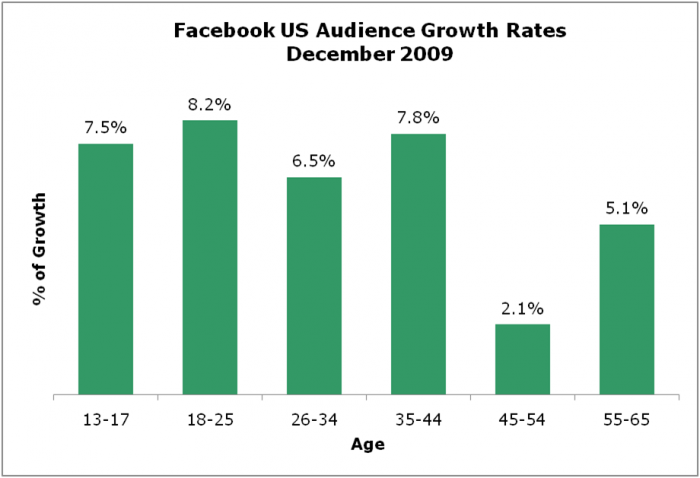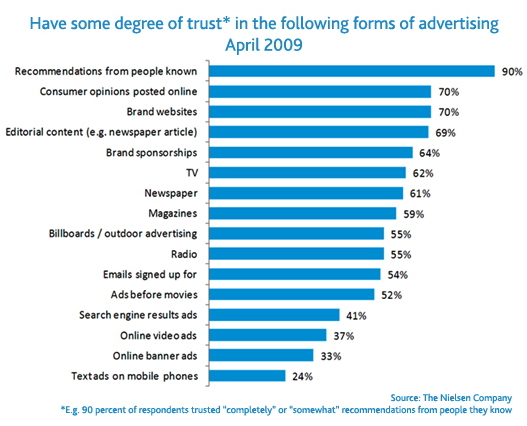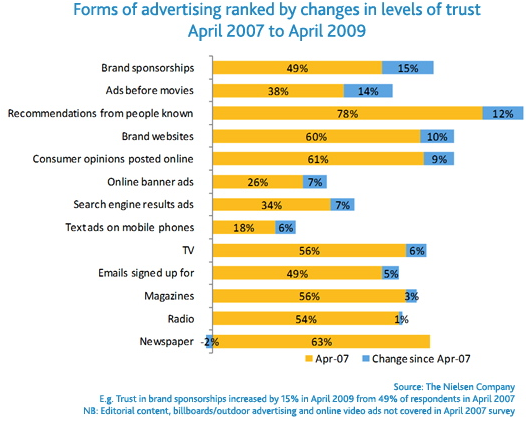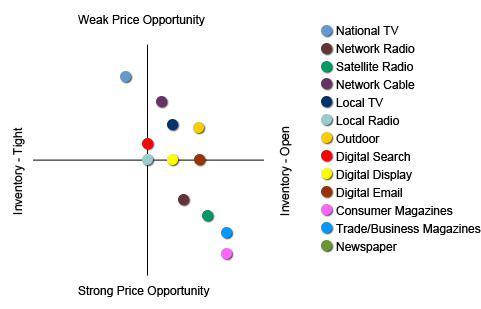Businesses and institutions are beginning to recognize the power of social media tools and sites to engage in crowdsourcing, also known as “social answers” or “help engines”.By definition, it means to tap into the collective intelligence of the public in order to complete a task, find a solution to a problem, etc. by asking a wide range of people or organizations if they can help, typically by using the Internet. Allowing businesses to enlarge their talent pool without increasing labor costs, it also improves creativity and capitalizes on competition as well as team work. The customer feedback is therefore enriched and quite possibly, in the most sincere form.
Execution is relatively simple:
- Company uses a social networking site to invite people to participate in a project. This could be anything from creating an ad, developing software or applications to solving a complex R&D problem
- Enthusiasts respond with ideas and form a community in which they collaborate on the project and learn from one another
- The winner gets a monetary prize, recognition or royalty rights.
The technique has been implemented successfully by a number of companies, a few of which are shared below:
—Netflix who used it to improve its algorithm to predict customers’ movie ratings
—L’Oreal successfully used crowdsourcing to produce a TV spot for $1K that normally would cost upwards of $160K
—iStockphoto was judgmentally an early adopter of the technique back some 4-5 years ago, when they invited amateur photographers to upload their photos and videos and earn royalties each time their images were licensed
—Threadless who lets their online members submit T-shirt designs and vote on which ones should be produced
—Dell deployed Ideastorm.com as a crowdsourcing engagement tool to solicit ideas on new products, resulting in 9,400+ ideas posted on their site that were collectively voted on more than 644,000 times.
Key factors for success:
Expectation management: Be prepared to deal with ideas that can get you distracted from the real goal of the project.
Project infrastructure: To minimize vague answers, be specific in your questions and clear with your goals and deadline.
Corporate culture shift: Participants are not your company employees, so their work, actions and comments can’t be controlled.
Participation encouragement: To attract and entice the crowd, rewards and incentives must be offered.
Technological readiness: Participation usually comes in one big wave so make sure your platform can handle the traffic.
Measurable progress: If possible, create a means by which participants can gauge the success of their ideas.
If used properly, crowdsourcing can provide you with thousands of great ideas and probably several different ways to complete the task at hand. Used improperly, it can derail you and put your company in a negative publicity mess. As with everything else, research, plan and implement wisely.





